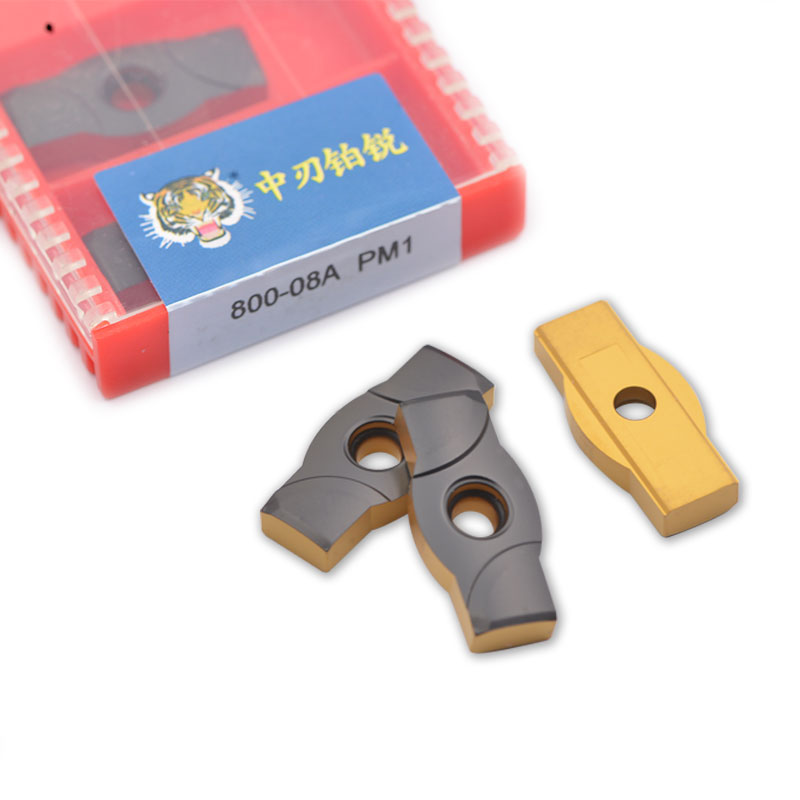When the tool is chipped on the machine tool, we need to consider not only the speed of processing, but also understand the principle of its chipping. And various chip coefficients. This is like the importance of the way the cutting edge leaves the workpiece during machining. The remaining material may reduce the blade clearance somewhat. When the chip is removed from the workpiece, an instantaneous tensile force will be generated along the front edge of the blade, often resulting in burrs on the workpiece. This tensile force endangers the safety of the chip blade in dangerous situations. In this way, the integrity of the tool and the workpiece can be guaranteed. Of course, for the tool in the process of chip also has a certain skill, the following for us to introduce the chip method: 1, milling, milling cutter rotation direction and cutting the feed direction is the same, at the beginning of the cutting the cutter bite the workpiece and cut off the final chip. 2, inverse milling, milling cutter rotation direction and cutting feed direction is opposite, milling cutter must slip on the workpiece before the start of cutting, starting with zero cutting thickness, to the end of the cutting thickness to reach the maximum. This is just like in a three-edge mill, some end milling or face milling, the cutting force has different directions. When milling, the milling cutter is just on the outside of the workpiece, and the direction of the cutting force should be paid special attention. In up-milling, the cutting force pushes the workpiece toward the table, and in up-milling, the cutting force pushes the workpiece away from the table. This is what we need to pay attention to. The use of tools directly affects the entire production process, where we have a certain amount of attention in the selection of tools and use, more advice please pay attention to Suzhou Shuo precision tool.
Post time: Apr-01-2024

